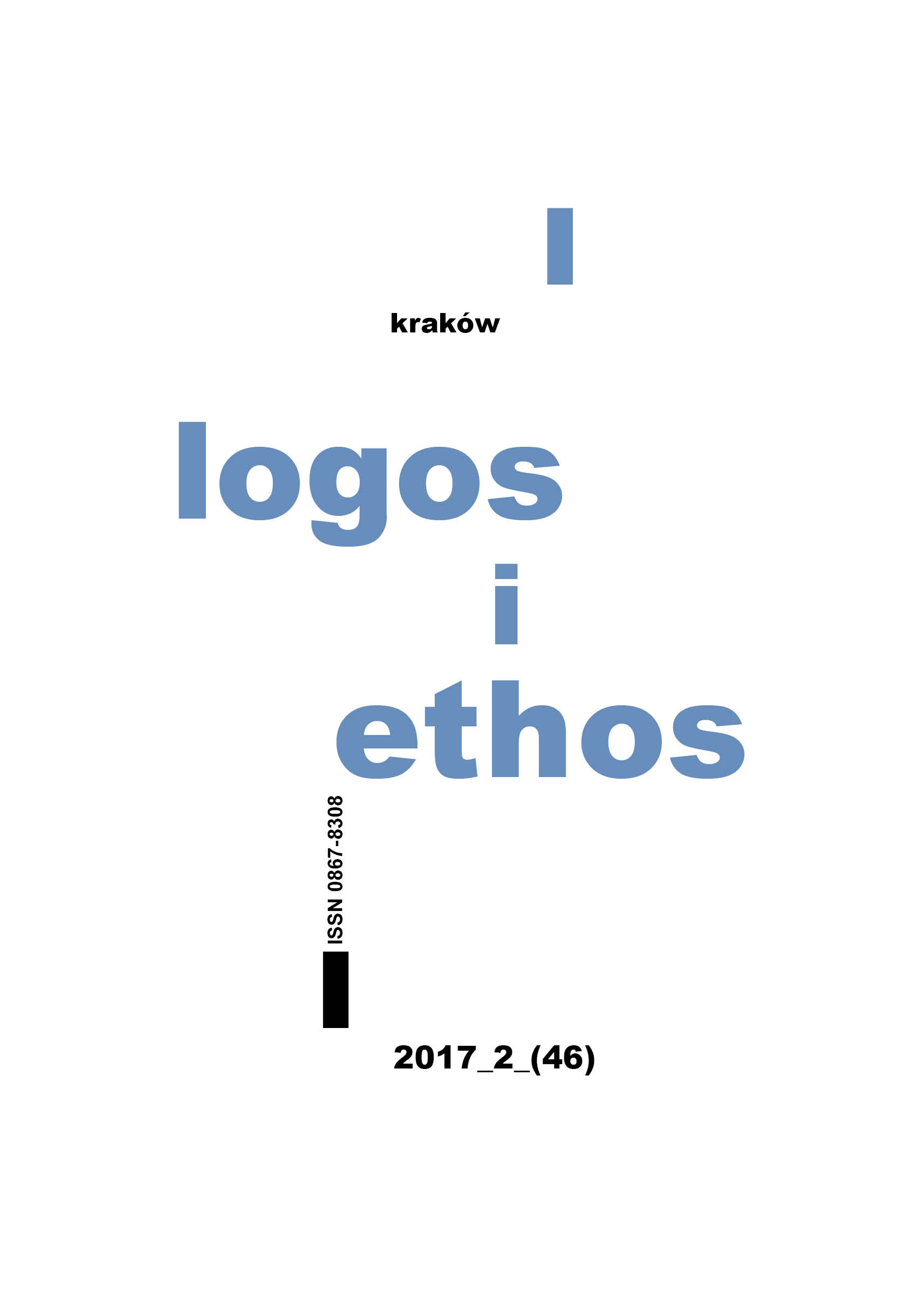On Three Types of Empathy: the Perfect, the Truncated, and the Contaminated
DOI:
https://doi.org/10.15633/lie.2361Keywords:
affective empathy, cognitive empathy, empathic action, pseudo-empathyAbstract
In the paper a distinction is made between perfect empathy, truncated empathy, and contaminated empathy. Perfect empathy is defined as the combination of three elements: cognitive empathy (the capacity for a comprehensive and ethically proper understanding of other people’s emotions), affective empathy (the tendency to emotionally respond to other people’s emotions in an adequate way: sorrow to sorrow, and joy to joy), and a tendency to undertake an ethically proper action (e.g., to relieve the sufferer’s pain) as a result of the emotional response to other people’s emotions. The phrase ‘ethically proper’ in the above definitions shows that perfect empathy is not a free-standing ethical capacity. An empathic emotional reaction and empathic action are justified only if they are based on the comprehensive and the ethically proper understanding of the other person’s emotion, i.e., the understanding which enables one to assess whether this emotion is justified by its causes. But such an understanding is impossible without a sense of justice, or more generally, without the knowledge of ethical rules which say in whatcircumstances an emotion of sorrow or joy is justifiable, and, additionally, what action is ethically proper in a given situation. Truncated empathy, which may take various forms, lacks one of the free elements of perfect empathy. Finally, contaminated empathy arises by admixing one of the four following amoral or non-moral elements to perfect or truncated empathy, namely: thankfulness at the contrast between our fortune and the sufferer’s misfortune; the feeling of anxiety, arising at the sight of the sufferer’s misfortune, about our own good future; the unpleasant feeling of distress, arising at the sight of the sufferer’s sorrow; or pity.
References
Baron-Cohen S., The Science of Evil. On Empathy and the Origins of Cruelty, New York
Batson C. D., The Altruism Question: Toward A Social-Psychological Answer, New York
Broad C. B., Five Types of Ethical Theory, London 1930, http://www.ditext.com/broad/
ftet/ftet.html (20.06.2017).
Buber M., Je et tu, transl. G. Bianquis, Paris 2012.
Cartwright D. E., Schopenhauer’s Compassion and Nietzsche’s Pity, “Schopenhauer Jahrbuch” 69 (1988), p. 557–567.
Hoffman M. L., Empatia i rozwój moralny [Empathy and Moral Development. Implications for Caring and Justice], transl. O. Waśkiewicz, Gdańsk 2006.
Mercer P., Sympathy and Ethics, Oxford 1972.
Nietzsche F., The Gay Science, transl. W. Kaufmann, New York 1974.
Nietzsche F., Daybreak, transl. R. J. Hollingdale, Cambridge 1982.
Nozick R., The Examined Life: Philosophical Meditations, New York 1990.
Nussbaum M., Upheavals of Thought: The Intelligence of Emotions, Cambridge University Press, 2001.
Scheler M., Istota i formy sympatii [Wesen und Formen der Sympathie], transl. A. Węgrzecki, Warszawa 1980.
Slote M., The Ethics of Care and Empathy, London–New York 2007.
Smith A., Theory of Moral Sentiments, New York 2007.
Downloads
Published
Issue
Section
License
Authors who publish with this journal agree to the following terms:
- Authors retain the copyright and full publishing rights without restrictions, and grant the journal right of first publication with the work simultaneously licensed under a Creative Commons Attribution 4.0 International License that allows others to share the work with an acknowledgement of the work's authorship and initial publication in this journal.
- Authors are able to enter into separate, additional contractual arrangements for the non-exclusive distribution of the journal's published version of the work (e.g., post it to an institutional repository or publish it in a book), with an acknowledgement of its initial publication in this journal.
- Authors are permitted and encouraged to post their work online (e.g., in institutional repositories or on their website) prior to and during the submission process, as it can lead to productive exchanges, as well as earlier and greater citation of published work (See The Effect of Open Access).

